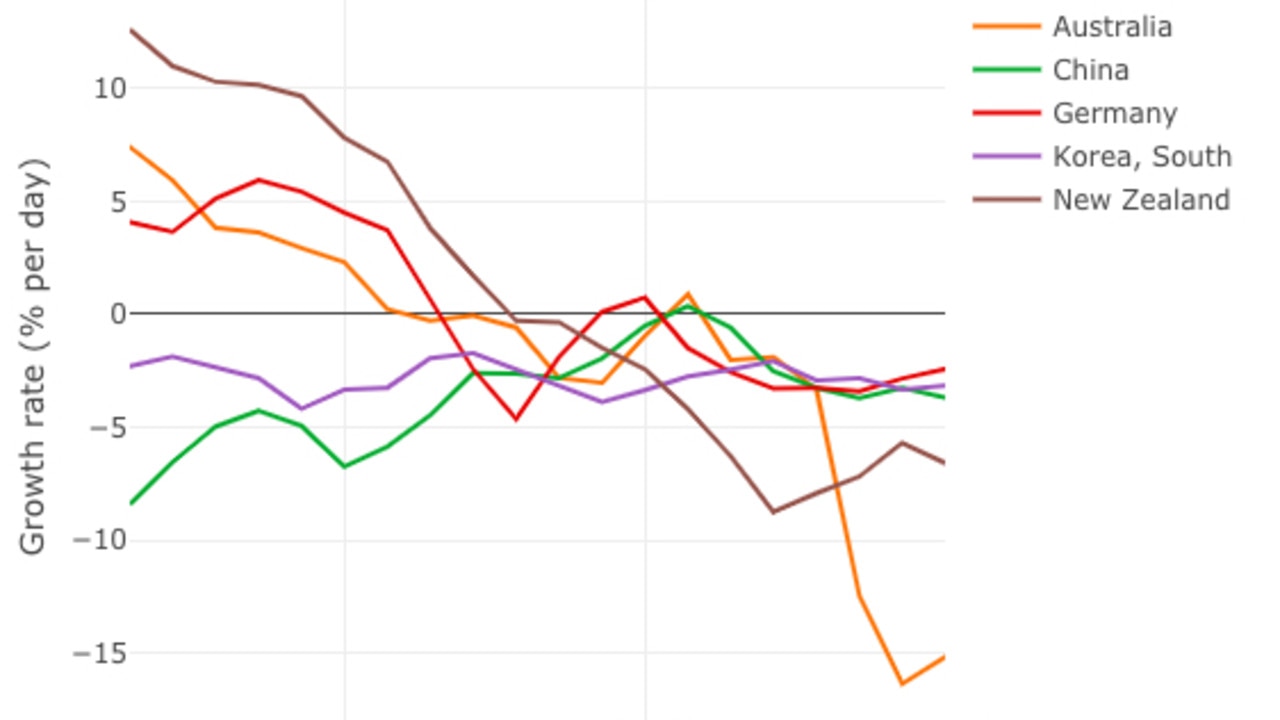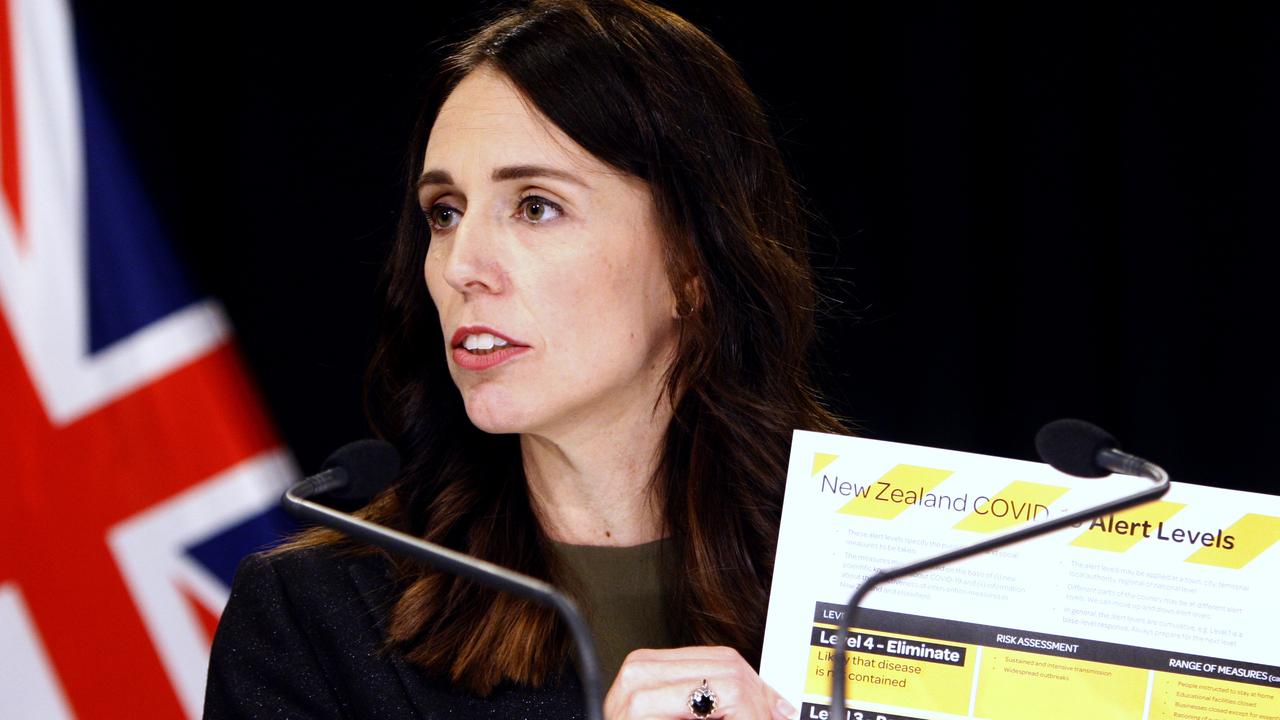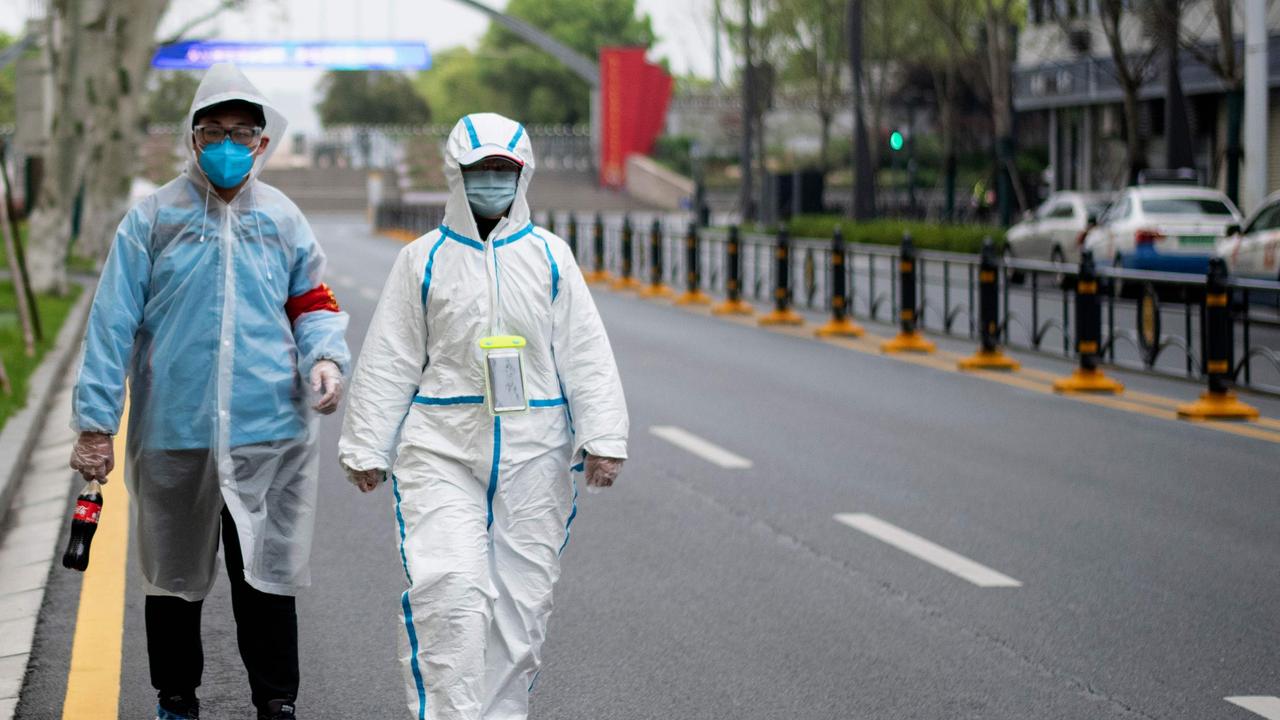How China, New Zealand, Australia, Germany and South Korea beat COVID-19
Nearly five months into the global COVID-19 pandemic, these are the countries winning the war against coronavirus and how they’re doing it.
Nearly five months into the global COVID-19 pandemic, some countries are finally able to make out the light at the end of the tunnel.
The potentially deadly coronavirus has now reached close to 2.5 million known cases, spread to 185 countries and caused more than 170,000 deaths.
Some countries, like the United States and the United Kingdom, are fighting an uphill battle – with warnings the peak of the disease is yet to come and the death toll continuing to edge higher.
Others – Australia, New Zealand and Germany among them – are managing to win the war, having employed strict lockdown measures, closing borders and enforcing social distancing; restrictions that could soon be lifted or, at the very least, eased if their success at flattening the curve continues.
Here’s how they’ve – along with South Korea and China – managed to achieve it.
RELATED: Follow the latest coronavirus updates

GERMANY
In Europe – where COVID-19 has had a devastating impact particularly on Italy and Spain – Germany has been called a “model” for how to handle the virus.
Through a combination of a “robust and rapid testing program”, the Government acting on data and allowing for increased hospital readiness, the country has kept its death rate relatively low despite a higher number of confirmed cases.
In an article for The Conversation, honorary senior lecturer in virology and president of Research-Aid Networks at the University of Kent, Jeremy Rossman, said the German response had been a “good example of how countries can combat the spread and severity of COVID-19”.
“The core of the German response matches very well with recommendations from the World Health Organisation: prepare, test (isolate and treat) and mitigate the spread of the virus,” Prof Rossman wrote.
By conducting 350,000 tests each week, health services have been able to detect the virus early enough to isolate and treat patients effectively.
Germany’s Health Minister Jens Spahn said the coronavirus outbreak had become “manageable”, while German Chancellor Angela Merkel said the country had achieved a “fragile, partial success” against it.
However, Ms Merkel suggested the countrywide lockdown be extended until at least May 3, asking citizens to keep to the antivirus measures imposed by the Government. Restrictions will be loosened to allow smaller businesses and public places to reopen.
“Maybe our biggest strength in Germany … is the rational decision-making at the highest level of government combined with the trust the Government enjoys in the population,” head of virology at University Hospital in Heidelberg, Hans-Georg Kräusslich, told the New York Times.
RELATED: Virus graph predicts rising death toll

SOUTH KOREA
At first, South Korea’s COVID-19 outbreak looked dire – it was one of the first countries Australians were banned from travelling to and from early in the global pandemic.
However, the nation “has had a model response despite early setbacks”, infectious diseases specialist at Monash University Professor Allen Cheng tweeted.
Lots of testing was a critical part of that model response and, combined with aggressive contact tracing, has meant the nation has been able to chase down cases of infection.
“Testing is central because that leads to early detection. It minimises further spread and it quickly treats those found with the virus,” Foreign Minister Kang Kyung-wha told the BBC recently, suggesting early detection and treatment may explain why South Korea’s death rate is lower than other places with a high number of cases.
Unlike other places that have had success at flattening the curve, South Korea managed to do so without instituting any lockdowns.
The Government shut down religious gatherings, restricted movement and postponed reopening schools in March but managed to track cases by accessing South Koreans’ personal data.
Most residents have also practised wearing face masks and social distancing, with a shift to “routine social distancing” as opposed to “intensive social distancing” expected from May 6, Prime Minister Chung Sye-kyun said.
RELATED: First and last virus measures to be lifted

AUSTRALIA
Widespread social restrictions have stemmed the spread of COVID-19 in Australia. NSW, the state hardest hit by the outbreak, recorded just six new infections this morning.
Unlike New Zealand, which has taken an “elimination” approach, we’ve taken a “suppression” approach to flatten the curve and reduce infections to a low level rather than trying for a zero outcome.
Increased testing measures and closing national and (most) state and territory borders, as well as the implementation of tough restrictions that have essentially kept Aussies at home since March – you’re only allowed to venture out with a “reasonable excuse”, means it’s “quite possible” we could eradicate coronavirus in parts of the country, chief medical officer Brendan Murphy has said.
“Some states have had no cases for some days and small numbers of cases all imported. We are on the same trajectory as New Zealand, which is heading for elimination, and if we achieve complete lack of transmission and no cases, that would be great,” he said.
Attention has now turned to when the country can get back up and running again – though Prime Minister Scott Morrison has said current baseline restrictions will only be lifted once three goals are achieved.
These goals include a more extensive testing regime that would identify those who were asymptomatic, greater tracing capability that would involve using technology to track people, and improved local response capability to contain outbreaks.
RELATED: Australia’s chance at eliminating virus
NEW ZEALAND
New Zealand introduced strict “level 4” measures early on in the nation’s virus outbreak, including closing schools and all businesses except for supermarkets, pharmacies and other essential services.
Unlike Australia, the nation took an “elimination” approach to allow life to go back to normal more quickly that means “zero tolerance” – whenever a case props up, “it’s jumped on and eradicated”.
“We believe that decisive action – going hard and going early – gave us the very best chance of stamping out the virus,” Prime Minister Jacinda Ardern said this week.
“And it has. We have done what very few countries have been able to do. We have stopped a wave of devastation.”
Thanks to the rapid introduction of their extreme lockdown, New Zealand’s new infections have dropped to below 20 per day.
“We have a relatively low proportion of serious cases and, according to the Oxford University coronavirus government response tracker, one of the lowest mortality rates of the world,” Ms Ardern said.
The Government will review measures and make further decisions on May 11, with the PM explaining “the longer we are in lockdown, the less likely it is we will need to go back”.
RELATED: All your questions about coronavirus, answered

CHINA
After mismanaging the initial outbreak of COVID-19 in the city of Wuhan – where the virus stemmed from at the end of last year – Chinese authorities enacted a lockdown across much of the country.
“China’s response to the outbreak was truly a nationwide response: systematic, comprehensive and co-ordinated,” said fellow at Beijing’s Centre of China and Globalisation, Andy Mok.
“This is why China was able to ‘flatten the curve’ so dramatically.”
At the height of the virus outbreak in Wuhan, millions of people were not allowed in or out of the city, and access to food stores was limited to once every few days.
These social-isolation measures were aimed at keeping the number of COVID-19 infections at a manageable level for hospitals and medical workers who would otherwise be overwhelmed with sick patients.
In particular, the practice of quarantining patients with minor symptoms away from their homes helped to drastically reduce the community spread of the virus – as did tracing the movements of everyone who may have been infected with the disease.
While there has been some criticism over the accuracy of China’s statistics on confirmed cases and deaths caused by the virus, most new infections are now from returning travellers.
RELATED: Who is eligible for coronavirus test





